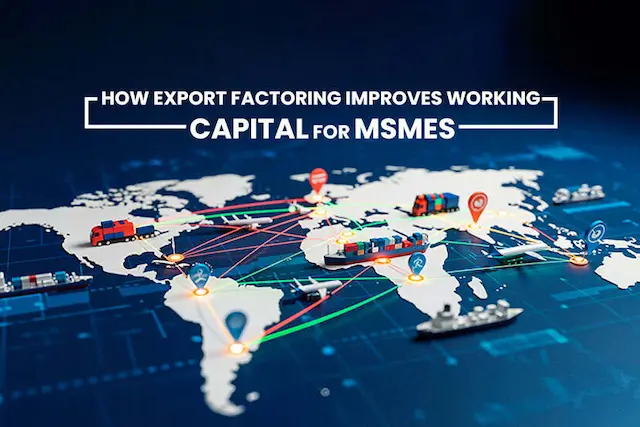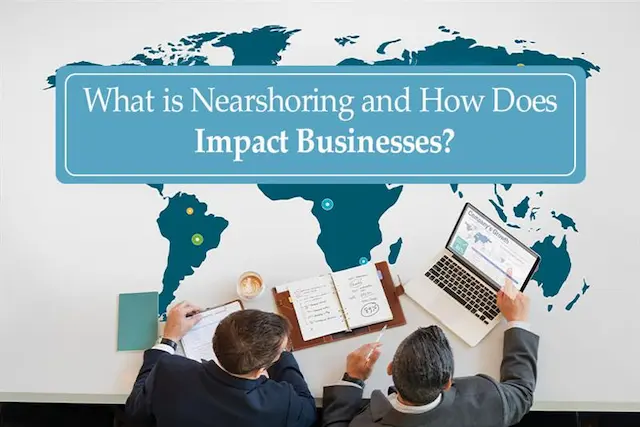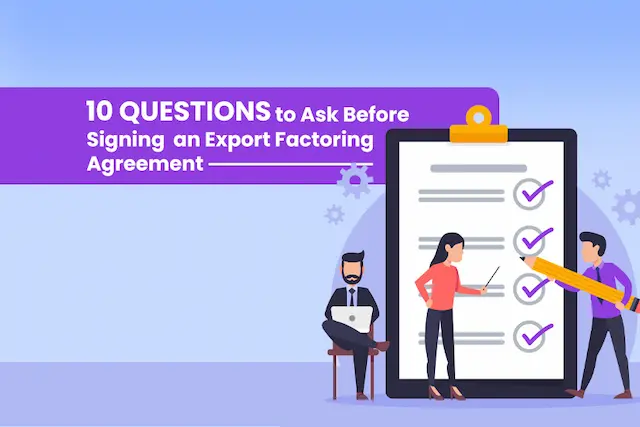Trade finance is a big part of international trade, and it helps businesses manage the money needed for buying and selling goods across borders. The term “trade finance” might sound complicated, but it’s really about finding the best ways to handle cash, credit, and investments in trade. Trade finance products can help businesses deal with the risks of international trade, such as currency changes and payment issues.
Let’s look at three common types of trade finance products: Letters of Credit, Purchase Order Finance, and Supply Chain Finance. Each of these tools plays a unique role in making trade smoother and safer.
Also Read: Understanding International Trade Finance, Its Working and Types
Three Common Types of Trade Finance Products
Here are the three common types of trade finance products:
1. Letter of Credit
A Letter of Credit (LC) is a promise from a bank, made on behalf of a buyer, that the seller will get paid for their goods. Think of it as a financial safety net. If a buyer can’t pay, the bank will pay instead. This is especially helpful in international trade, where sellers and buyers might not know each other well.
How it Works:
- The buyer applies for an LC from their bank. This is usually a bank they have a good relationship with because the bank needs to trust that the buyer can eventually pay.
- The buyer’s bank then issues the LC to the seller’s bank.
- When the seller ships the goods and provides proof of shipment, the bank pays the seller.
Benefits:
- Security for Sellers: Sellers can trust they will receive payment as long as they fulfill the contract conditions.
- Risk Mitigation: Protects sellers from non-payment due to buyer insolvency or disputes.
- Facilitates International Trade: Makes sellers more willing to do business with new buyers in different countries.
Challenges:
- Complex Process: The paperwork and process can be lengthy and complicated.
- Costly: Banks charge fees for issuing and managing LCs, which can add up.
Example: If a company in India sells textiles to a buyer in France, they might use a letter of credit to ensure they get paid. The French buyer’s bank promises to pay the Indian seller once the textiles are shipped and all documents are verified.
2. Purchase Order (PO) Finance
Purchase Order Finance helps companies, especially small and medium-sized enterprises (SMEs), pay their suppliers when they receive large orders but don’t have enough cash flow. This type of finance provides funds to pay suppliers based on purchase orders that have been received, ensuring the company can fulfill the order.
How it Works:
- The company receives a large order and needs to buy materials to produce the goods.
- They approach a PO finance provider to get funds to pay their suppliers.
- Once the company delivers the goods and gets paid by their customer, they repay the PO finance provider.
Benefits:
- Supports Cash Flow: Businesses can accept large orders without worrying about immediate cash availability.
- Growth Opportunities: Companies can grow by taking on bigger orders they might otherwise have to turn down.
- Flexible Financing: Companies can use PO financing only when needed, without long-term commitments.
Challenges:
- Cost: Fees and interest on PO financing can be high.
- Qualification: Not all companies may qualify; PO financiers look for strong customer orders.
Example: A small electronics company in the USA receives a big order from a retailer. They use purchase order finance to buy components from suppliers to fulfill the order, allowing them to expand without cash flow issues.
3. Supply Chain Finance (SCF)
Supply Chain Finance is designed to improve cash flow by allowing suppliers to get paid early while providing buyers with more time to pay. It’s a win-win for both parties, creating flexibility and efficiency in the supply chain.
How it Works:
- The buyer sets up an SCF program with a bank or financial institution.
- Once the supplier delivers the goods, they can choose to get paid early at a small discount.
- The buyer then pays the bank at a later agreed-upon date.
Benefits:
- Improved Cash Flow for Suppliers: Suppliers receive payment faster, which can be used to reinvest in their business.
- Extended Payment Terms for Buyers: Buyers can delay their payments, improving their cash flow.
- Strengthens Relationships: Encourages stronger partnerships between buyers and suppliers.
Challenges:
- Implementation: Setting up a supply chain finance program can be complex and time-consuming.
- Dependence on Technology: Requires reliable technology to track transactions and manage payments.
Example: A large supermarket chain works with its farmers to implement supply chain finance, allowing farmers to receive early payment for their produce, while the supermarket benefits from extended payment terms.
Also Read: Types Of Trade Finance Products: Financing Foreign Trade
Conclusion
Trade finance products like Letters of Credit, Purchase Order Finance, and Supply Chain Finance are essential tools that help businesses navigate the complexities of international trade. They provide the security and flexibility needed to manage cash flow, mitigate risks, and ensure smooth transactions between buyers and sellers worldwide. Understanding these products is crucial for any business looking to expand globally, as they can greatly impact financial stability and growth potential. By leveraging these trade finance tools, companies can minimize risks, optimize their cash flow, and focus on expanding their reach in the global market.
Also Read: What is the Difference Between Trade Finance and Invoice Factoring?





